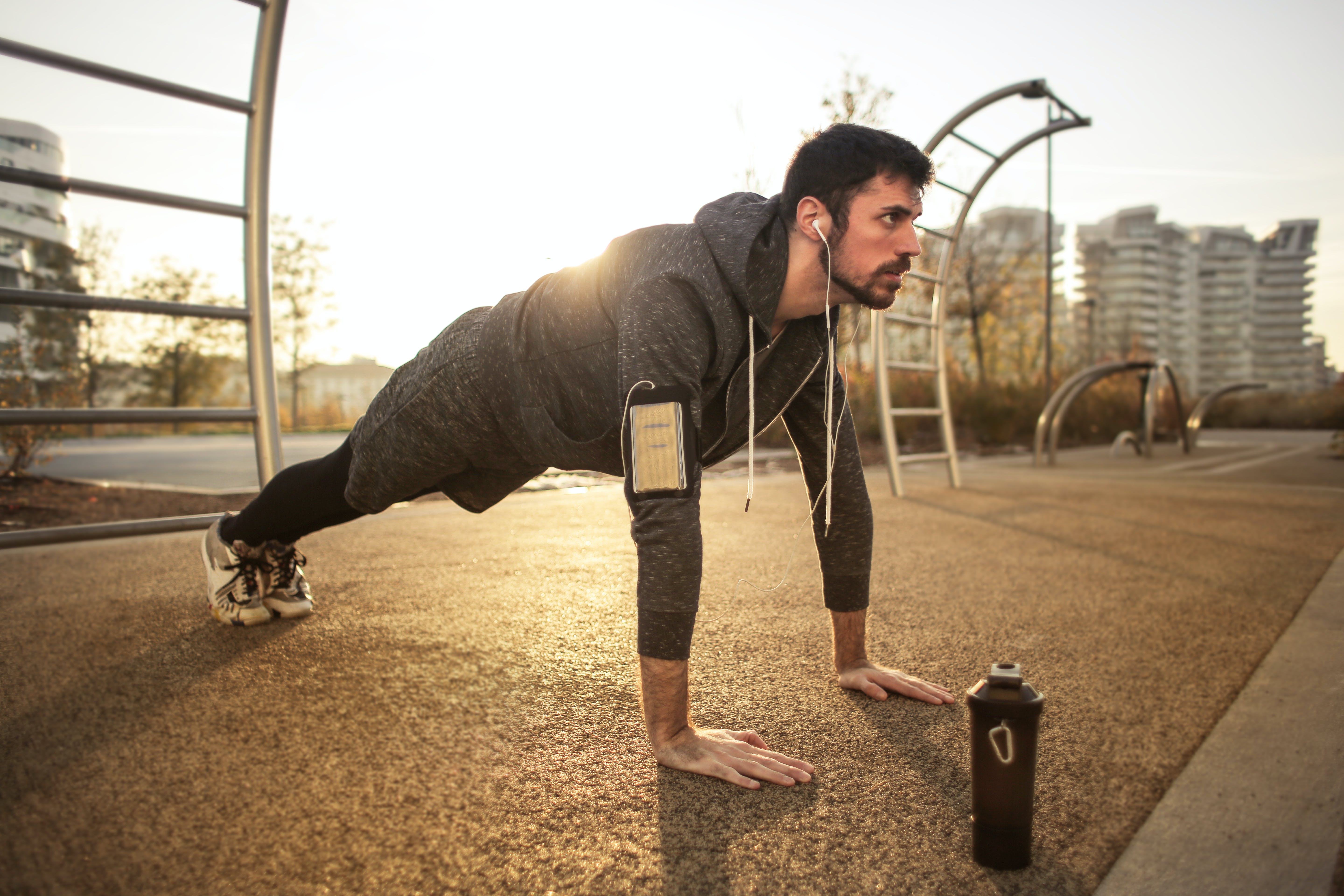- HOME
- Infrared Sauna Benefits
- Sauna Workouts
Infrared Sauna Workout At Home
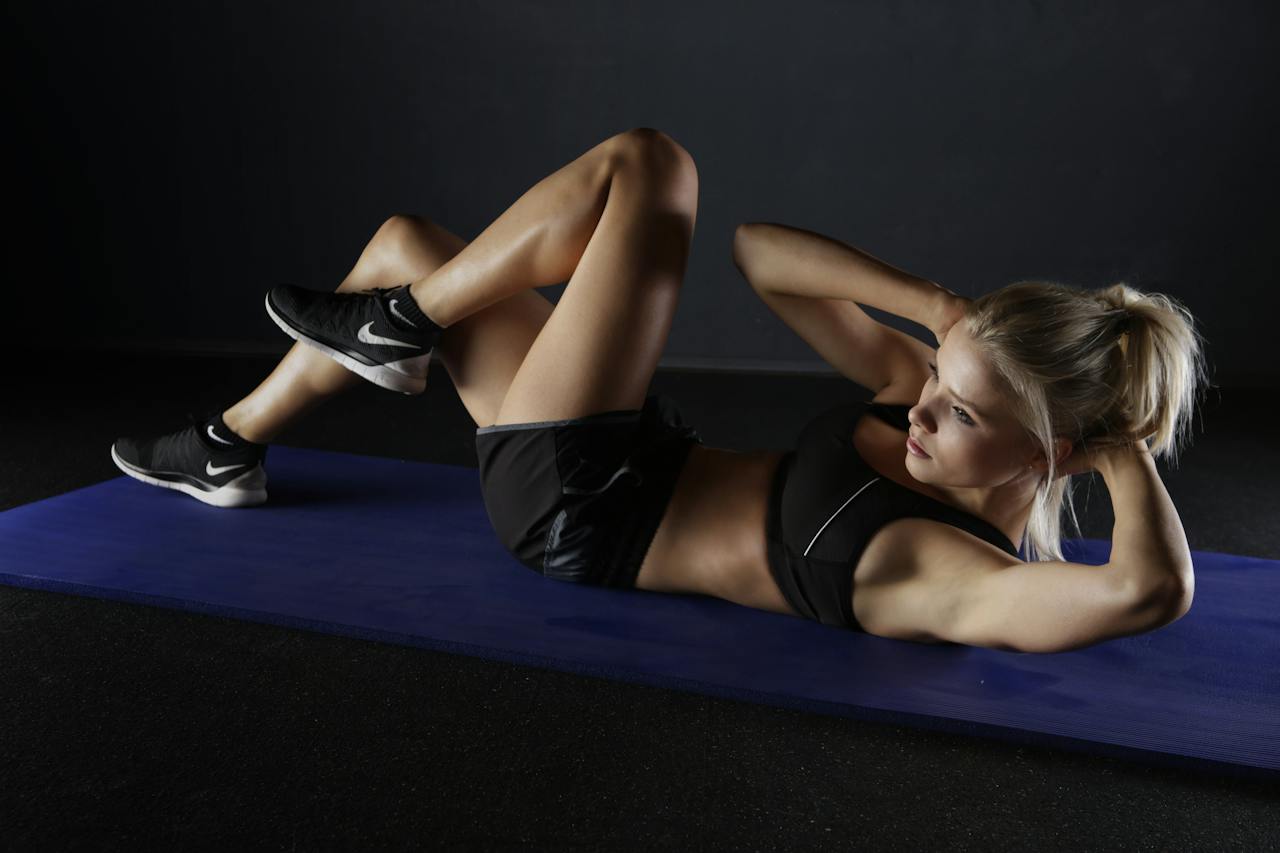
Integrating workouts with infrared sauna sessions is a growing trend, combining fitness with wellness benefits.
A quick tour of the blog post
- Intro
- Physiological impacts of heat on exercise
- Sauna workout ideas
- Session durations
- Risk of dehydration
- Sauna workout materials
- Can I do sauna workout?
- Create your own sauna workout place
intro
In this unique sport and exercise environment, you can engage in a variety of activities like hot yoga, pilates, and HIIT. These routines leverage the infrared heat for enhanced flexibility and muscle relaxation.
More and more gyms and studios schedule all kinds of workouts in combination with infrared saunas. Transitioning from gyms and studios to the convenience of your own home infrared sauna, becomes a versatile space for a personalized fitness experience. You can engage in exercises likey Barre and Tai Chi and enhance your workouts with equipment such as resistance bands.
This adaptability maximizes the health benefits of your infrared sauna, offering a comprehensive fitness experience at your own house or apartment.
Physiological Impacts of Heat on Exercise
The research, 'Physiological Responses to Exercise in the Heat' details how the body reacts to exercising in hot environments [1]. Some key findings:
Increased Core Temperature
Exercise boosts metabolism by up to 15 times the resting rate, where most metabolic energy is converted into heat. This necessitates efficient heat dissipation to maintain thermal balance and prevent overheating.
Heat Dissipation Mechanisms
The body employs two primary mechanisms to regulate temperature: increasing blood flow from the core to the skin and enhancing sweat production. These adjustments help transfer heat away from the core to the skin surface where it can be lost through radiation, convection, and evaporation.
Influence of Fitness and Acclimatization
Individuals who are aerobically fit, well-hydrated, and properly acclimatized to heat exhibit better thermoregulation. They have lower core body temperatures and enhanced performance under heat stress due to more effective sweat production and cardiovascular adjustments.
Cardiovascular Adjustments
As core temperature rises, the heart rate increases, and blood is shunted towards the skin to facilitate heat loss. This process can strain the cardiovascular system, particularly in unacclimatized individuals.
Hydration and Heat Stress
Proper hydration is crucial. Dehydration can impair heat dissipation by reducing sweat production and skin blood flow, leading to increased core temperature and heat-related illnesses.
Now, we now the impact. Let's explore some workout routines which are great for a hot environment.
Sauna Workout IDEAS
The workouts in an infrared sauna range from easy to challenging, and even moderate exercises can be intensified depending on your experience and effort. Here's a brief overview:
Yoga
Yoga practices within an infrared sauna, encompassing various styles from the gentle Hatha to the dynamic Vinyasa, offer an enhanced experience due to the heat's impact on flexibility and muscle relaxation. While Bikram Yoga, also known as Hot Yoga, is traditionally associated with heated environments and includes a series of structured poses, other yoga forms like Vinyasa can also be effectively adapted to the sauna's warmth.
The combination of yoga's mindfulness and the sauna’s heat can significantly reduce stress levels. Next to that helps the sauna heat in deepening stretches and improving overall flexibility. It's important to consider the duration of these sessions.
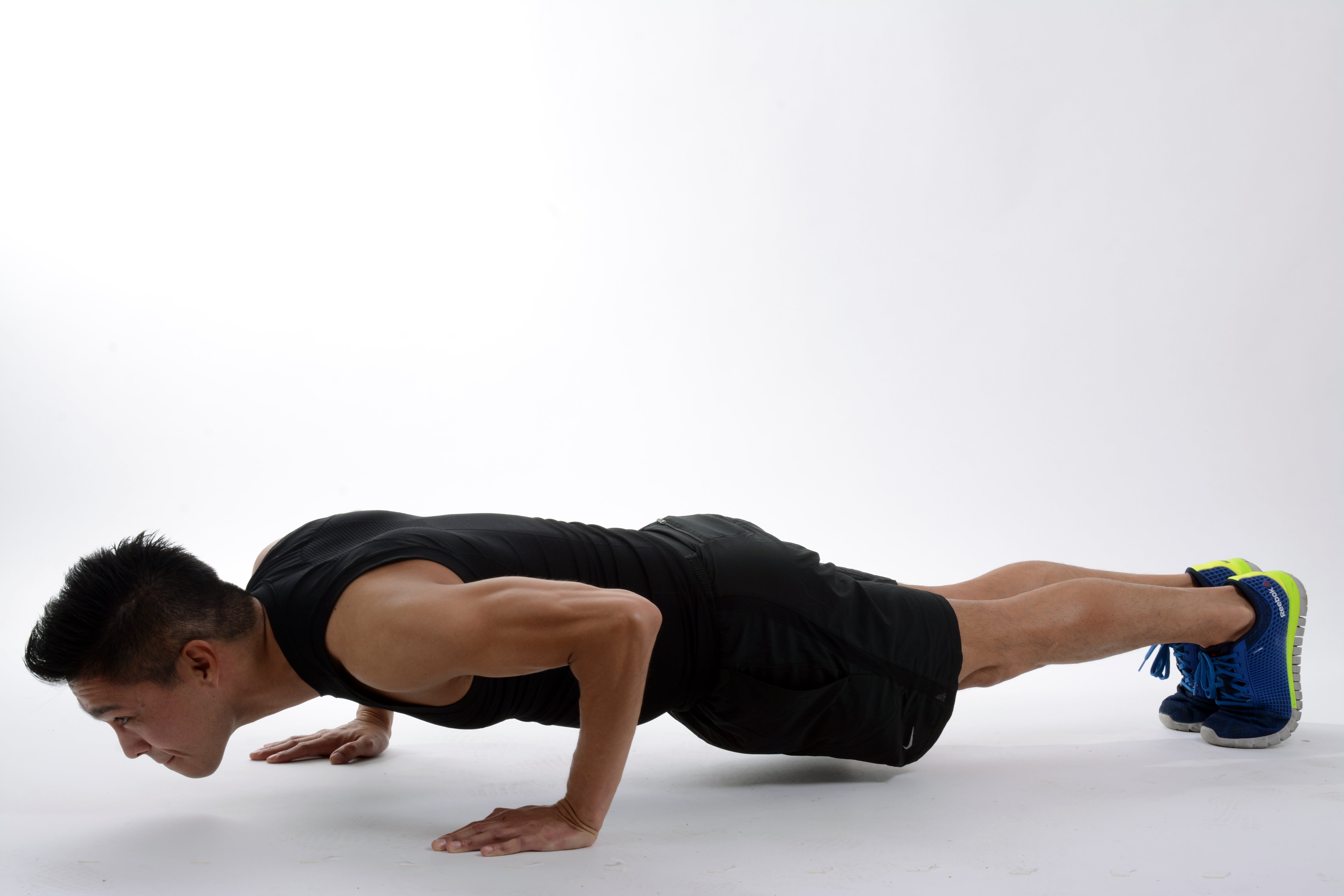
Isometric exercises
These exercises involve static muscle contractions without visible movement of the joint. These exercises are particularly beneficial for strength building and muscle toning. Sauna's heat may help in muscle relaxation and pain relief.
Integrating a routine of 8 to 10 specific isometric exercises can provide focused strength training and muscle engagement. This approach targets different muscle groups effectively, enhancing your sauna session with exercises that are both challenging and beneficial, without the need for dynamic or high-impact movements.
This is practical escpecially in the confined space and heated environment of an infrared sauna, where controlled, static movements are easy and safe. Other workouts mentioned, such as Yoga, Pilates, Barre and High-Intensity Interval Training also include isometric exercises, among others.
Tai Chi
Tai Chi provides a unique blend of physical and mental benefits. It is a low-impact exercise consisting of slow, graceful movements and deep, rhythmic breathing. Each posture flows into the next without pause, ensuring that the body is in constant motion.
The focus on mindful movements helps to reduce stress and enhance mental clarity. The warmth of the sauna amplifies these benefits by promoting muscle relaxation and increasing flexibility, making Tai Chi movements smoother and potentially more impactful.

Pilates
Pilates emphasizes controlled movements focusing on core strength, flexibility, and body awareness. These movements involve slow, deliberate, and precise exercises that target the body's core - the abdomen, lower back, hips, and buttocks.
The warm environment of the sauna aids in relaxing the muscles, making them more receptive to the stretches and movements. This combination can enhance the overall effectiveness of pilates in strengthening core muscles and improving body alignment, with a heightened focus on mindfulness in movement.
Barre
Barre workouts combine elements of ballet, pilates, and yoga. The heat enhances flexibility and muscle endurance, making the exercises more effective. However, space limitations in a home sauna can pose challenges.
Ideally, barre requires enough room for movement and a stable surface for balance. In smaller saunas, traditional Barre movements may need to be adapted, focusing on standing or seated exercises.
High-Intensity Interval Training (HIIT)
HIIT involves alternating short bursts of intense exercise with periods of rest. The specific equipment used varies depending on the chosen exercises, ranging from bodyweight movements to portable gear like dumbbells or resistance bands.
This format ensures a vigorous workout while adapting to the sauna's conditions.
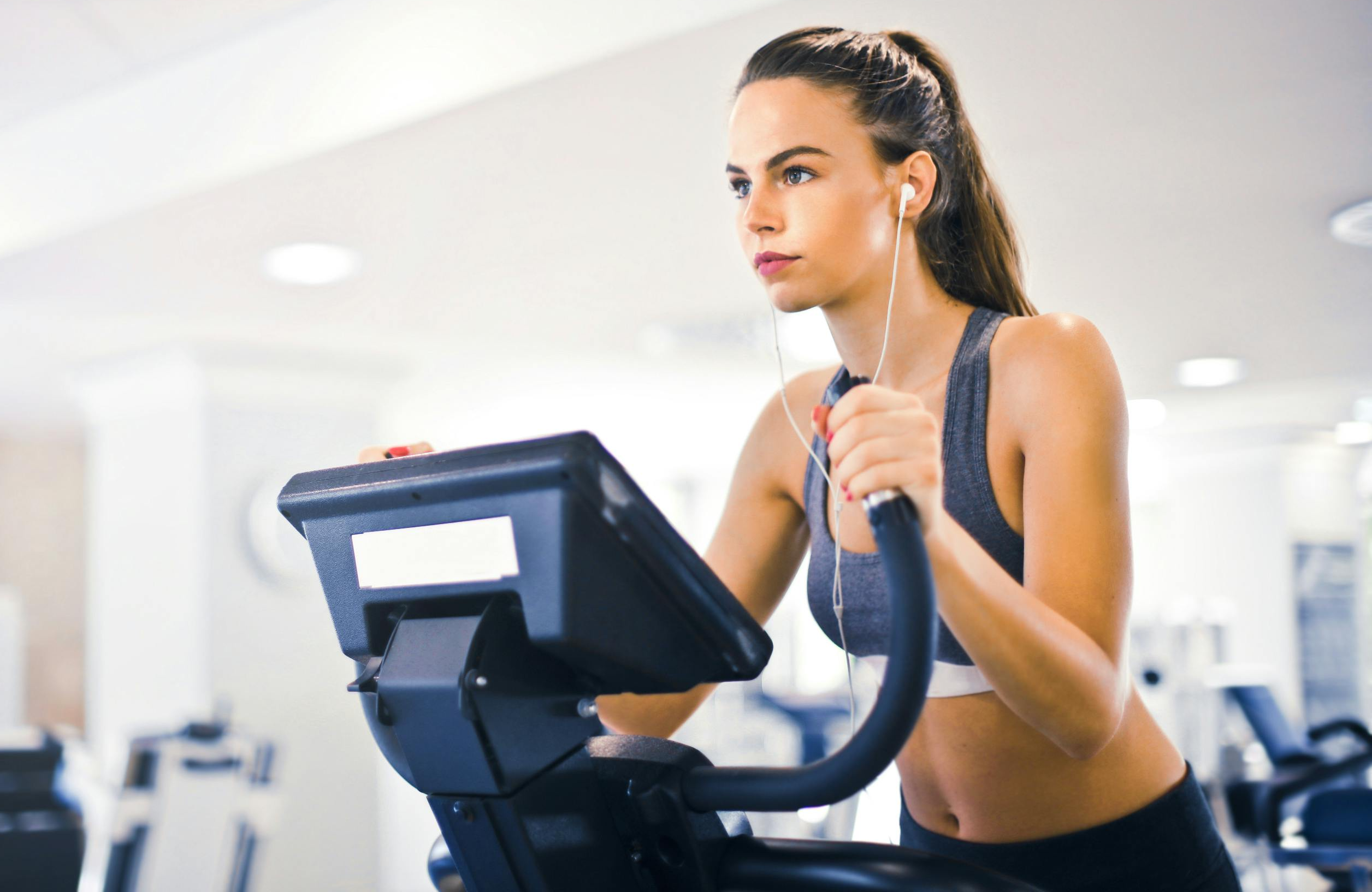
exercise bike/treadmill
An exercise bike or treadmill in your infrared sauna combines cardio training with the added challenge of infrared heat. This setup can significantly intensify the workout, boost calorie burn and providing a full lower body workout.
This approach is particularly appealing to fitness enthusiasts looking for an added challenge, as the sauna's heat elevates the workout's intensity, making it more demanding but also potentially more rewarding in terms of fitness gains.
Session Duration
The infrared sauna elevates your core body temperature, which in itself is a form of stress and can mimic a light cardiovascular workout. The combination of exercise and heat means the body works harder than during a regular workout, necessitating shorter durations to prevent overheating and exhaustion.
Typically, sessions range from 15 to 30 minutes, depending on the individual's fitness level and tolerance to heat.
Risks of Dehydration in Infrared Sauna Workouts
Infrared saunas cause intense sweating due to the deep penetration of heat. When combined with exercise, this effect is amplified, leading to a higher loss of fluids. Excessive sweating also results in the loss of essential electrolytes, such as sodium and potassium, which are critical for muscle function and hydration balance. [2]
This cumulative effect can lead to dehydration more easily than simply sitting in the sauna or exercising. So, be aware of dehydration symptoms like dizziness, fainting, nausea, headache, and in severe cases, loss of consciousness. Our articles on dehydration and what to drink before, during and after a sauna session can be helpful to prepare yourself wisely.
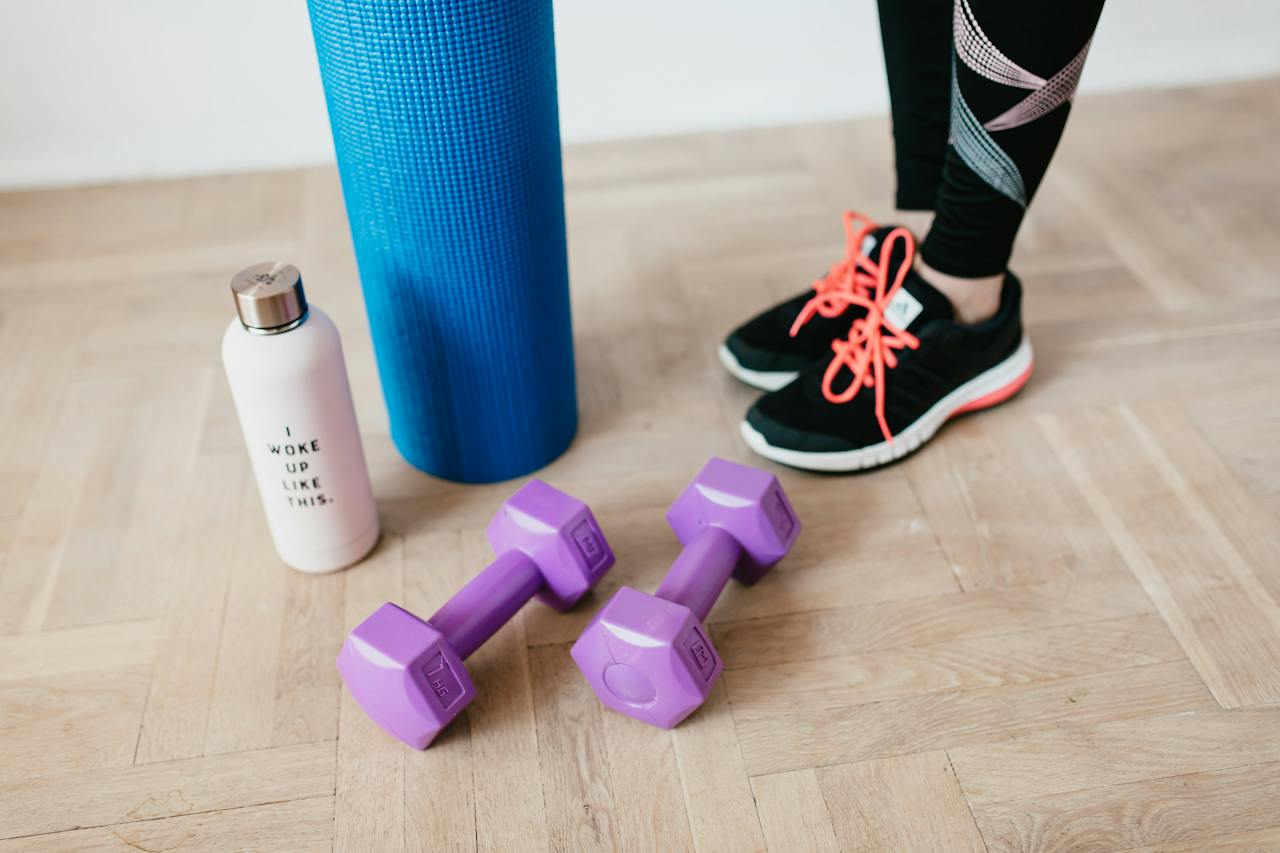
Sauna WorkOut Materials
These three essential materials, alongside exercise equipment, form the foundation for a successful and rewarding sauna workout routine:
Yoga mats
Yoga mats are needed for Yoga, Pilates, Tai Chi, Barre and isometric exercises. Make sure that they are heat-resistant, non-slippery (because of the sweaty environment) and easy to clean. Mats made from natural rubber are highly recommended for use in infrared saunas. Natural rubber mats are a superior choice due to their excellent heat resistance, making them durable even in the warmer conditions of a sauna.
Additionally, they provide a non-slippery surface, which is crucial as sweating is more likely in a sauna. This ensures a safer and more stable yoga practice. The eco-friendly nature of natural rubber is another benefit, as it aligns with the wellness and health-focused aspects of Yoga and sauna use.
Resistance bands
By incorporating resistance bands into your workout sessions mentioned, you can significantly enhance the strength and toning aspects of your workouts. This approach combines the benefits of resistance training with the therapeutic effects of heat, making for a challenging yet rewarding exercise session.
It's essential to ensure that the bands are suitable for high-heat environments. This means they should be made of materials that can withstand the sauna's temperature without degrading or losing elasticity. For beginners or those seeking a lighter workout, using bands with lower resistance and simpler exercises like band pulls or leg stretches is advisable.
As one becomes more comfortable and seeks greater challenge, they can progress to bands with higher resistance and more complex exercises like resisted squats or arm curls.
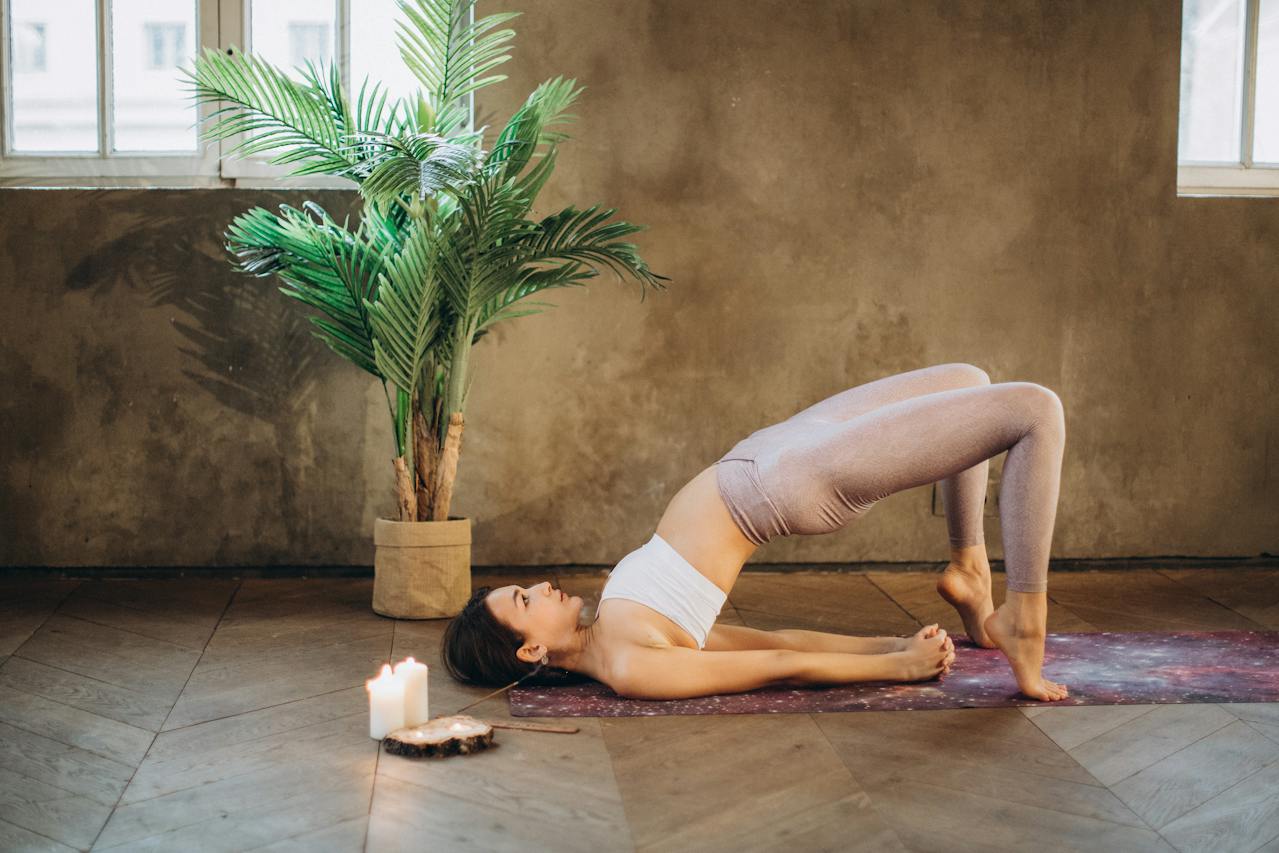
Hydration bottles
Staying hydrated is crucial during infrared sauna workouts. Opt for hydration bottles that can withstand the sauna's heat, such as those made from stainless steel or high-grade plastic.
These materials ensure the bottle won’t melt or release harmful chemicals. Choose a bottle with a secure closure to prevent spills.
Can I Do infrared Sauna Workouts?
If you're unsure about using an infrared sauna or engaging in an IR sauna workout, it's essential to consult your healthcare provider. Listen to your body during workouts; if you experience dizziness, lightheadedness, or excessive fatigue, stop immediately.
For beginners, starting slowly with shorter, less intense sessions and gradually increasing intensity is advisable to ensure a safe and enjoyable sauna workout experience.
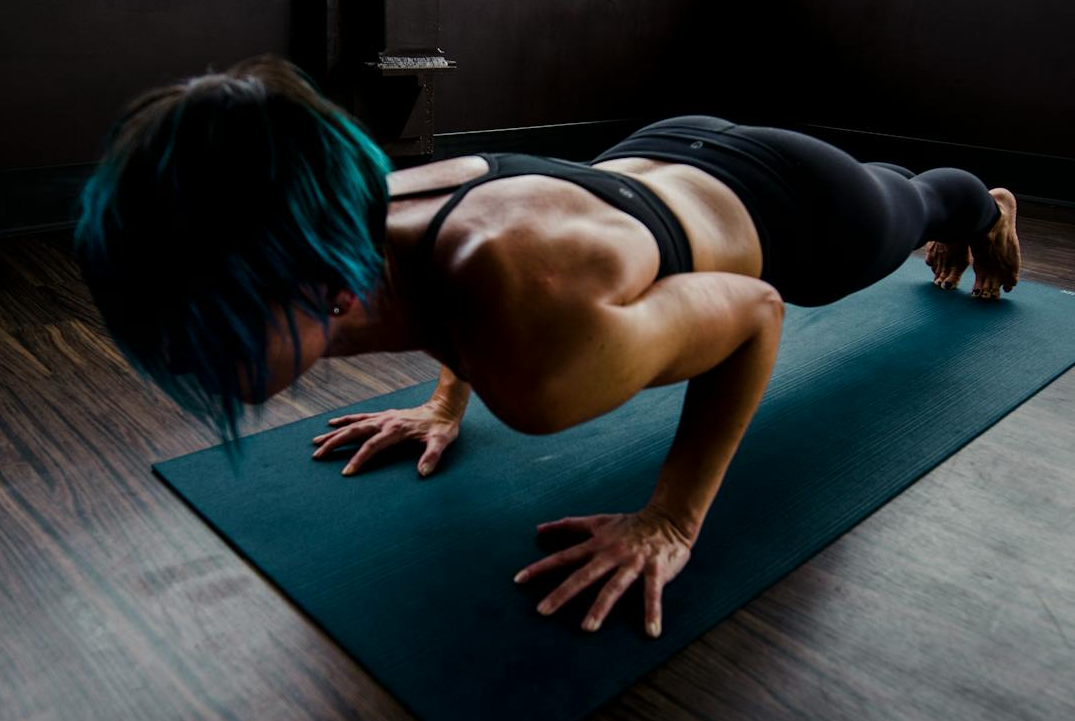
Creating Your Ideal Infrared Sauna Space
Ready to work out? All you need now is space:
Dedicated Room
To fully enjoy the benefits of infrared sauna workouts at home, create an ideal setup. To create the ideal infrared sauna space at home, select a well-ventilated area with sufficient room for movement. Ensure your sauna room is equipped with suitable flooring, lighting, and comfortable seating.
Proper insulation and temperature control are essential. For this customized option, consult a sauna specialist to assist you with this and help you select an infrared sauna heater tailored to your specific needs and dedicated sauna space characteristics.
Sauna Cabin or Tent
If your home lacks the space for an infrared sauna room setup but you do have dedicated space and budget, consider installing a sauna cabin or using a portable sauna tent. These provide a ready made controlled environment for infrared sauna workouts. Where the tent can be placed in any room, offering flexibility and convenience.
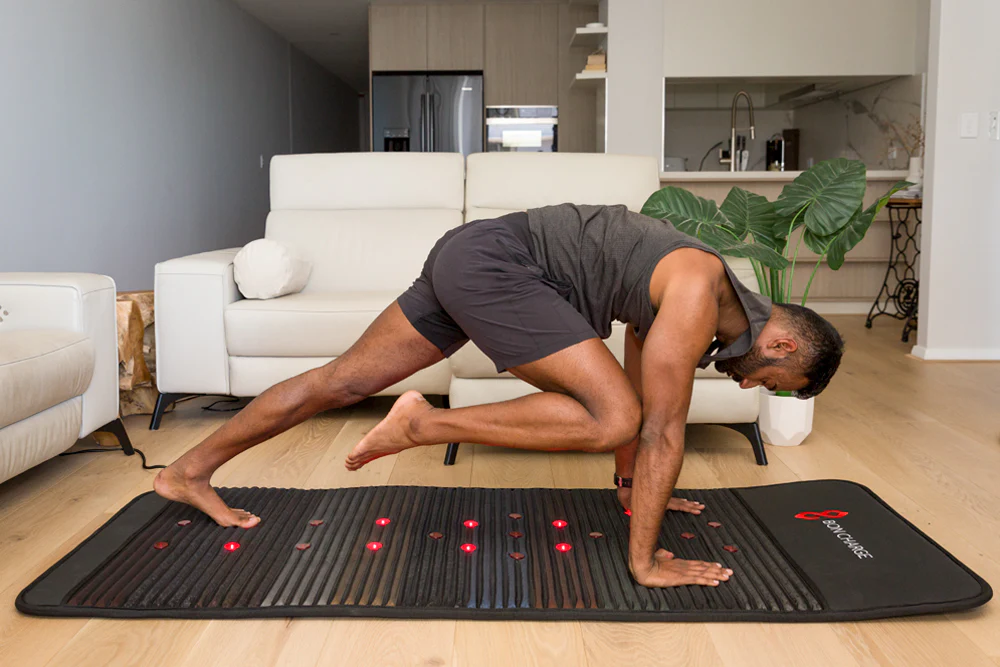
INFRARED PEMF MAT
An infrared PEMF mat presents a flexible and compact alternative, ideal for those with limited space or in need of a portable solution. These mats marry the benefits of infrared heat with PEMF therapy to enrich your workout experience.
Requiring only a flat surface and access to power, the mat allows you to indulge in the restorative effects of infrared therapy in your preferred spot, effortlessly fitting into any room of your choice.
Gym or Studio
Should a personal home setup be out of reach, investigate gyms or studios nearby that provide infrared sauna workouts. This option lets you enjoy the advantages of these workouts without the necessity of home equipment. Try out our calculation tool for weighing the costs of a gym membership against a home sauna investment.
Enjoy your workout in the heat!

Sam Everhart
References
1. Michael N. Sawka et al., Physiological Responses to Exercise in the Heat, Nutritional Needs in Hot Environments: Applications for Military Personnel in Field Operations, https://www.ncbi.nlm.nih.gov/books/NBK236240/
2. Isha Shrimanker and Sandeep Bhattar, Electrolytes, StatPearls, https://pubmed.ncbi.nlm.nih.gov/31082167/
Found this helpful? Here are some more articles you'll love


